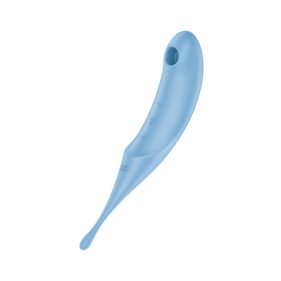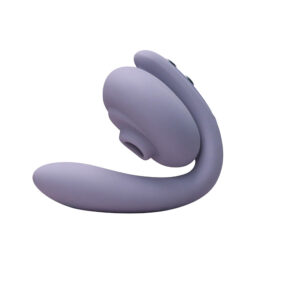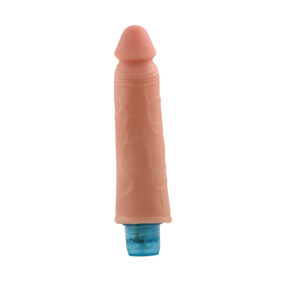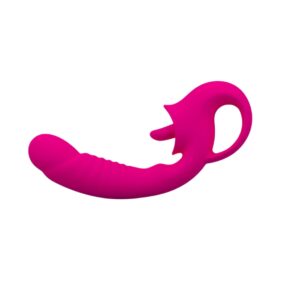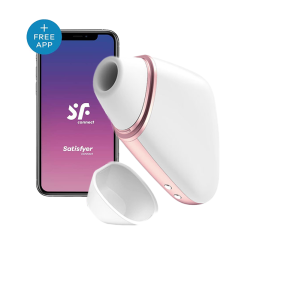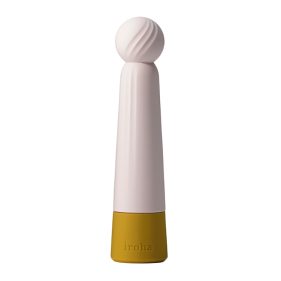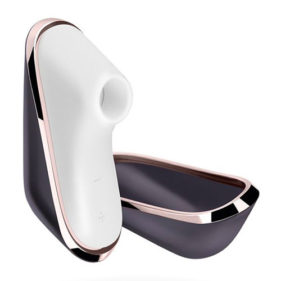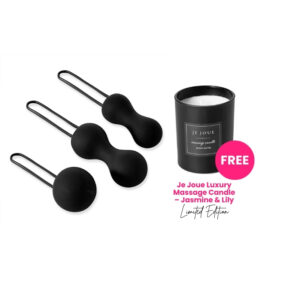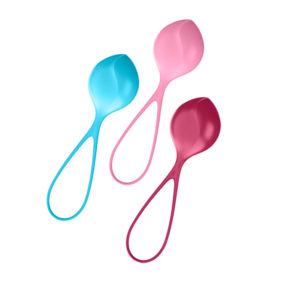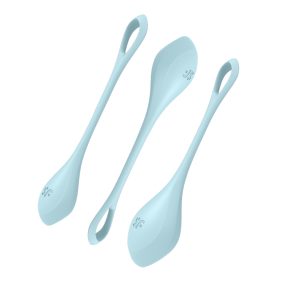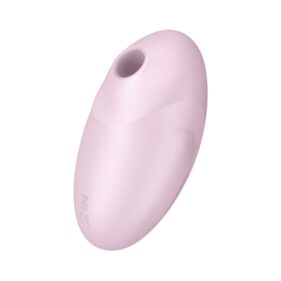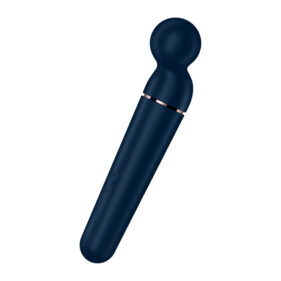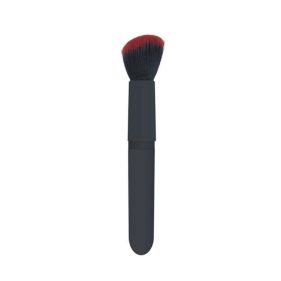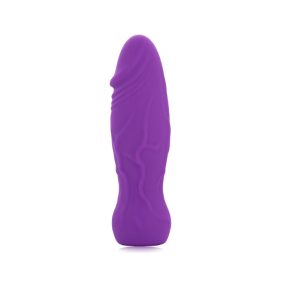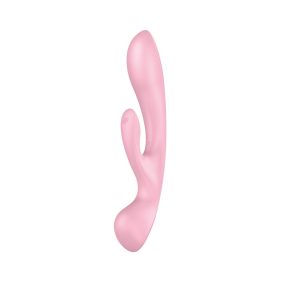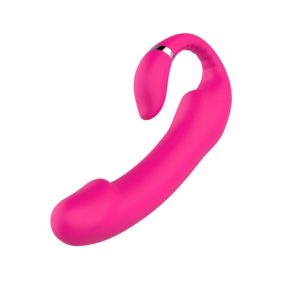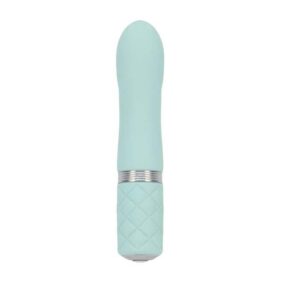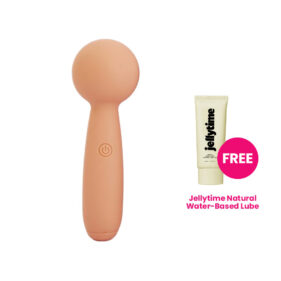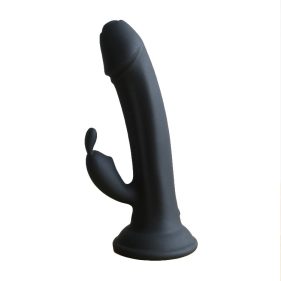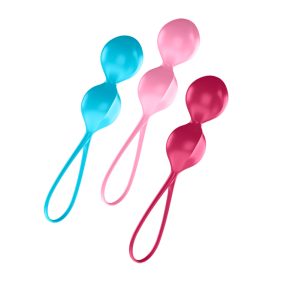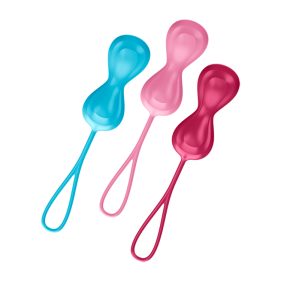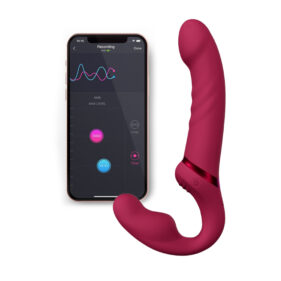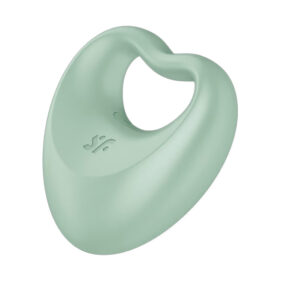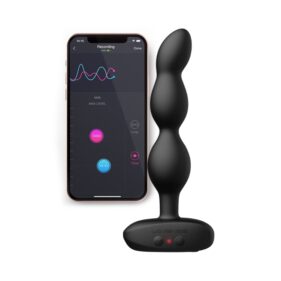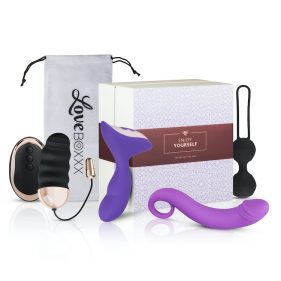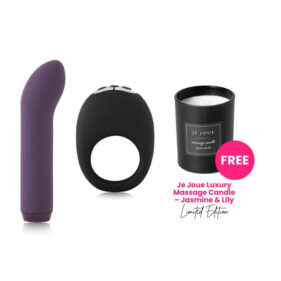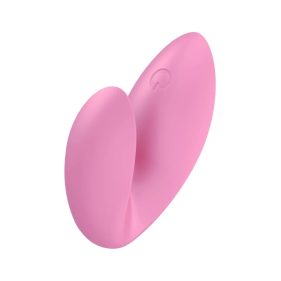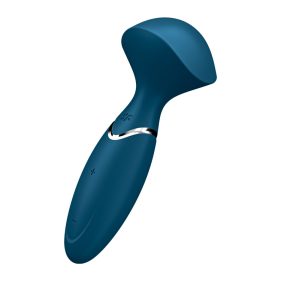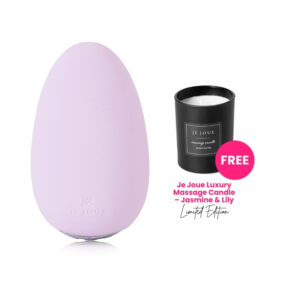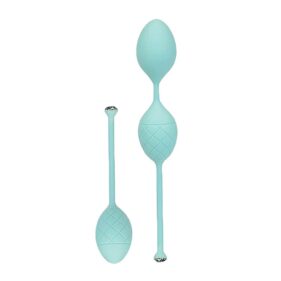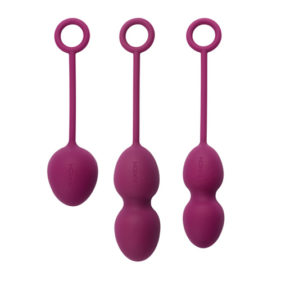
If you’re looking for an alternative to the traditional birthing process, you might want to consider water birth. Most midwives rave about it, stating that it’s a gentler childbirth alternative. On the other hand, some medical professionals are seeing it as a risky process that can lead to infections.
Some people also call out this practice as “just for Instagram” or “hipster-ish” due to its growing popularity. But that’s not necessarily the case.
If you want to deliver your baby through this method but unsure due to the mixed claims, we got you covered. For this guide, we will be discussing the ins and outs of water birth and learn about its benefits, risks, preparations, costs, and more.
What is Water Birth?

Water birth is a method of giving birth in water, usually through an inflatable birthing pool or deep bath. While the mother sits down on the tub, the midwife/ob-gyne and birth partner watches over her throughout the whole process.
Being submerged on the water during labor (water immersion) is shown to help with the pain. Being in the water can also help the mother support her weight, making it easier for her to move around and try various birthing positions.
Is Water Birth Safe?
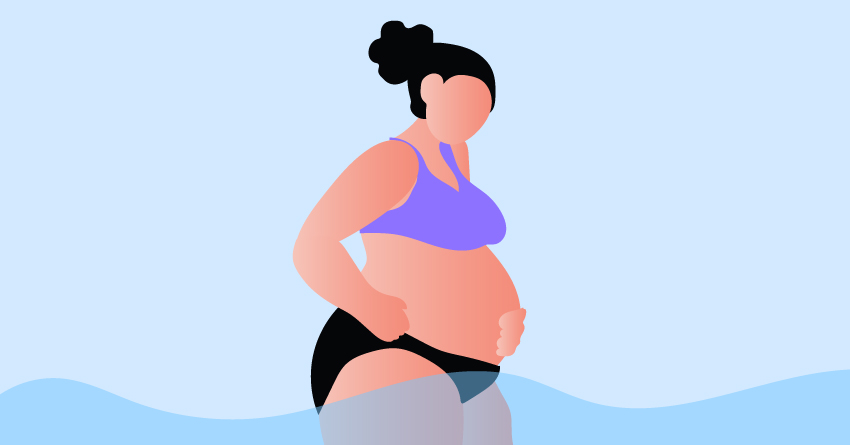
Just by reading the quick definition above, you’re probably wondering about the safety of this method. Water and childbirth? It does sound risky. However, studies and testimonials say otherwise.
There’s this study from the University of Michigan, comparing 397 water births and 2025 land births. It found that both methods are equally safe. They’ve also stated that women that did water birth had fewer first and second-degree vaginal/perineal tears.
Professional organizations such as the Royal College of Obstetricians and Gynaecologists and the American College of Nurse-Midwives also support water births in certain situations.
There are also numerous testimonies from women who have experienced water birth. One of which is from Jesame Nabong-Mesia. As she told Smart Parenting PH, she suffered so much from her first childbirth that she decided to go through water birth the second time around– the experience was a lot better and gentler than the first one.
But along with the positive claims, some medical professionals are advising to not use water birth as a delivery method. Some medical organizations, such as the American College of Obstetricians and Gynecologists, see water birth as a beneficial pre-childbirth process. This means it can be beneficial for the mother to submerge herself in a tub while waiting for her cervix to get fully dilated. However, they don’t recommend for the mother to deliver in water.
Now, if you’re expecting and wanting to go for this process, we suggest discussing it with your OB-Gyne first. There are a lot of things to consider when doing this method so consult your doctor first and see if this will work for your body.
Benefits of Water Birth
Water Birth is getting more popular now since it’s considered “a natural and zen” way to give birth. But before you think that this method is unnecessary and just a fad, keep in mind that water birth can be highly beneficial. Here are some of its benefits.
1You’ll have less painful childbirth.
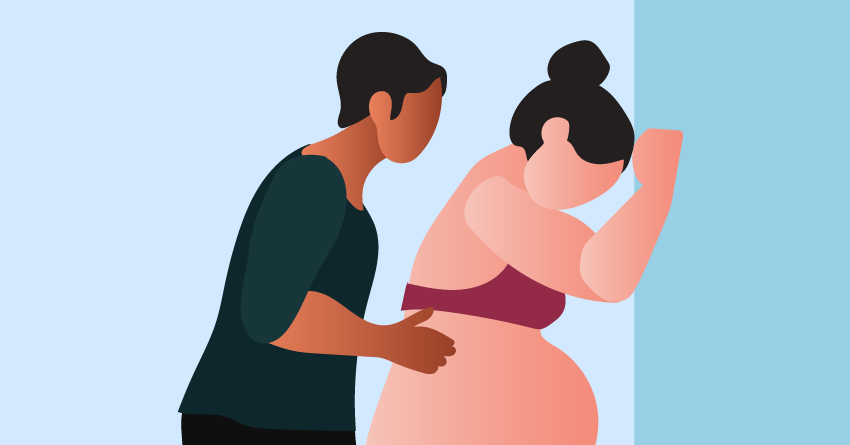
When you get into the birthing tub, your oxytocin level shifts, regulating the intensity of your contractions. Pain-inhibiting endorphins are then pumped into your brain, making you feel less pain during the whole process. You’ll also feel less pain on your back and feel less pressure during the delivery.
Take note though, water birth can lessen pain, but it doesn’t make the pain go away. You can’t have any pain medication with water birth. If you want a painless childbirth process, we suggest opting for methods that allow you to have those medications.
-
₱4,045.00
-
₱4,995.00
-
₱1,746.50
2You’ll have a quicker delivery.
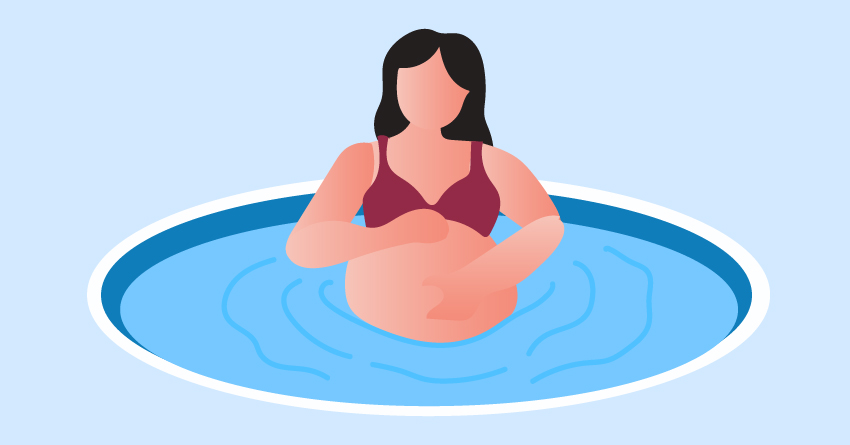
Since your body and mind are both relaxed, you’ll be able to push out your baby in a faster way. Also, when being upright in the water, the gravity will help move the baby down towards the birth canal, making the birthing process a lot easier.
-
₱4,745.00
-
₱2,600.00
-
₱4,045.00
-
₱4,745.00
3It prevents episiotomy and reduces perineal tears.
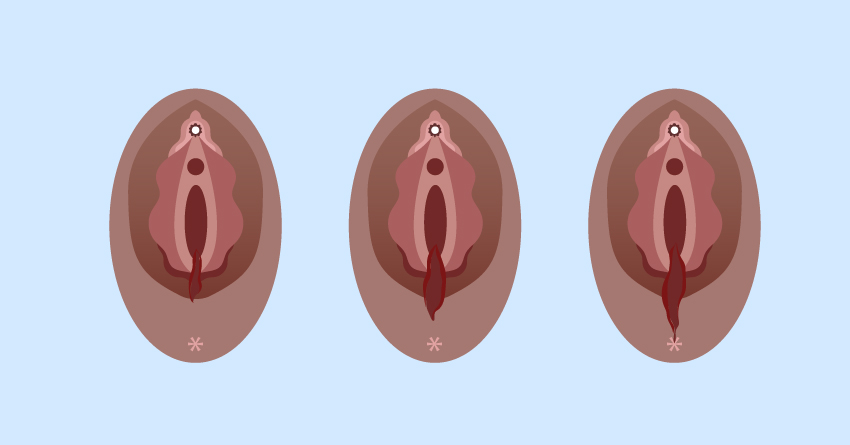
For those unfamiliar with the term, an episiotomy is when your medical provider makes a surgical operation in your perineum during delivery. Now, this process can be highly painful and harmful to the mother. That’s why birthing methods that prevent this from happening are highly ideal, such as water birth.
According to the studies published at evidencebasedbirth.com, ten out of twelve studies show that there’s a decrease of episiotomies for women who have water births, compared to those who had land births. Studies also suggest that women that had water births have fewer severe tears compared to traditional methods. However, there are mixed results on the studies on this. We highly suggest checking the multiple studies on this reference.
-
₱3,000.00
-
₱2,695.00
-
₱2,045.00
-
₱1,840.50
4It’ll give you more control.

What’s great about water birth is that it gives you a sense of control. You’ll be free to move and try various birthing positions. You’ll be able to communicate properly with your midwife as to what you feel and even talk to your partner during the process– very different when you’re in a normal-delivery setting.
-
₱3,395.00
-
₱6,745.00
-
₱2,695.00
-
₱945.00
5It makes you feel more comfortable.

With fewer contractions, more control, more privacy, and warm water, you’re most likely relaxed during the delivery. Just make sure to secure a private and spacious spot to deliver your baby. If you’re in a spot where you don’t feel a sense of privacy, you may get anxious during the process.
6You can customize the environment if you have a water birth at home.
 Another reason why you should consider water birth at home is because you’ll be able to change the space based on your preferences. You can dim the lighting, add your preferred scents to the aroma diffuser, put on some music, and so much more. Having water birth at home also gives you a sense of privacy than giving birth in a hospital, where multiple eyes are glancing over you. You’ll then feel more at ease and less anxious because of it.
Another reason why you should consider water birth at home is because you’ll be able to change the space based on your preferences. You can dim the lighting, add your preferred scents to the aroma diffuser, put on some music, and so much more. Having water birth at home also gives you a sense of privacy than giving birth in a hospital, where multiple eyes are glancing over you. You’ll then feel more at ease and less anxious because of it.
-
₱150.00
-
₱150.00
-
₱150.00
-
₱150.00
7The buoyancy of the water helps you switch positions easily.
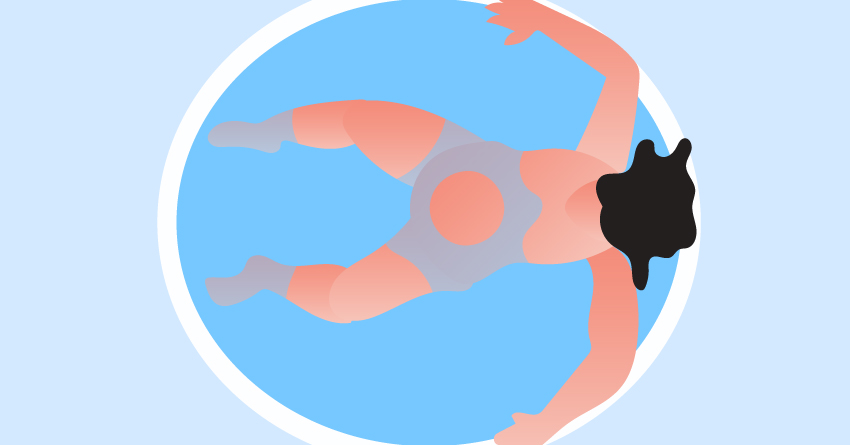
Since you feel lighter in water, you’ll be more comfortable switching positions during the childbirth process. You’re also not restricted to one or two positions compared to having a normal birth.
-
₱795.00
-
₱4,745.00
-
₱2,495.00
-
₱3,450.00
8Babies born in water tend to be calmer.
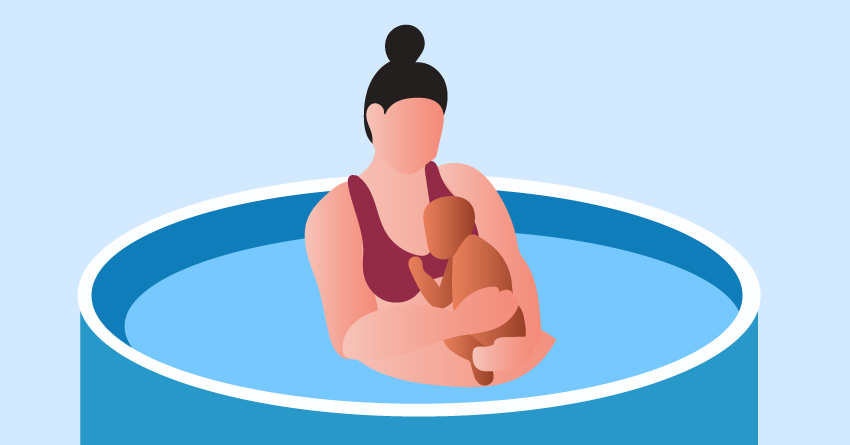
There are claims wherein some babies delivered through water birth were calmer than babies who delivered normally. This is because they have been delivered in an environment similar to the amniotic sac. By getting into a familiar environment during the delivery, the baby would feel more secure and less stressed. However, keep in mind that there are no studies yet that prove this claim.
9You’ll get immediate skin-to-skin contact with your baby.
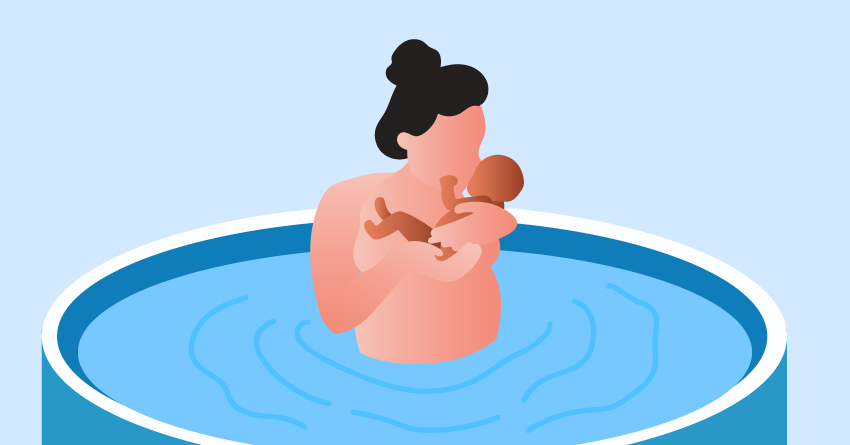
Another great benefit of water birth is that you’ll get to bond with your baby immediately after the procedure. Unlike the normal delivery wherein doctors would check the baby first and clean them up, you’ll be able to hold the baby once the cord is cut. So if you want to have a more intimate form of childbirth, consider taking this procedure.
10You’ll be more present and connected to the process.

With less pain, less stress, more privacy, and extra comfort, you’ll be able to focus on the process instead of getting distracted by the uncomfortable aspects of childbirth. Water birth, particularly at-home water birth, is more intimate than giving birth in hospitals or lying-in clinics.
Disadvantages of Water Birth
Along with the pros, there are also cons on this natural birthing method. If you’re planning to push through water birth, here are some of the disadvantages that you should know.
1It’s not for everyone.

Unfortunately, water birth isn’t a method that every expecting woman can just dive into. You need to consult your OB-Gyne first and assess your body if it can go through the process. If you have any of the complications and symptoms below, you’re most likely not allowed to go through water birth:
- Carrying multiple babies
- Has skin infection
- Suffering from excessive vaginal bleeding
- Has a history of shoulder dystocia
- Has chronic medical conditions such as diabetes, hypertension, or herpes
- Carrying the baby in a breech position
- Had a previous difficult labor
- Having a preterm labor
- Has a pregnancy complication such as preeclampsia or gestational diabetes
-
₱1,199.00
-
₱2,425.50
-
₱2,695.00
2There’s a risk of infection.

As you’re giving birth on the water, it’s expected for the tub to be filled with feces, urine, and other forms of vaginal/rectal flora. Now, this shouldn’t be a big deal to the mother (unless she’s squeamish). However, the contaminated tub can be risky for the baby. The newborn can swallow the water, increasing their risk of infection.
You see, babies are physiologically programmed to take their first breaths of air. Even though they have a “dive reflex” that prevents them from breathing in water, there are few scenarios (such as being startled or there is a shift on oxygen supply from the placenta) that may cause them to inhale and swallow some water.
But before you cross water birth completely from your delivery options, keep in mind that the infectious bacteria is easily expelled outward during birth. As long as your baby doesn’t breathe too soon and the equipment is sterilized properly, you won’t have to worry too much about the infection risk. Midwives and OBs specializing in water birth are also trained to minimize this risk.
3The umbilical cord may snap.
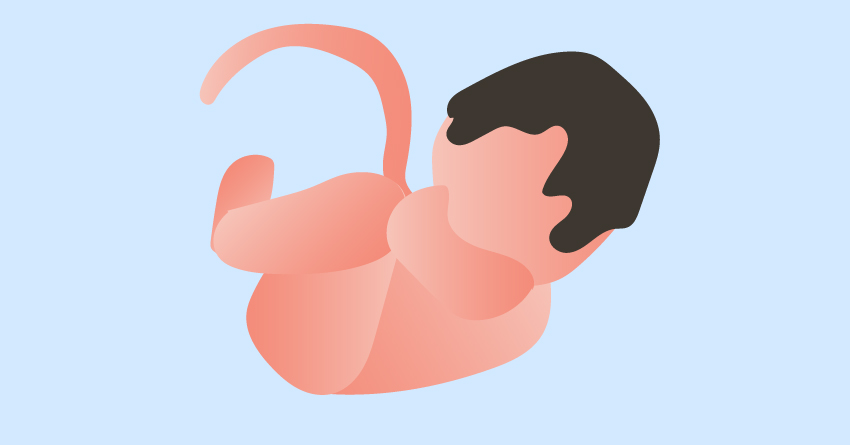
This depends on the length of the umbilical cord. You see, the medical professional needs to act quickly the moment you’ve pushed out the baby. They need to swiftly bring the baby on the surface, enabling them to breathe as soon as possible. However, if you have a shorter umbilical cord, it can snap during this quick process. This can lead to excessive bleeding and can be life-threatening. But don’t panic, this situation can be easily managed by clamping the cord.
4There’s a risk of Meconium Aspiration.
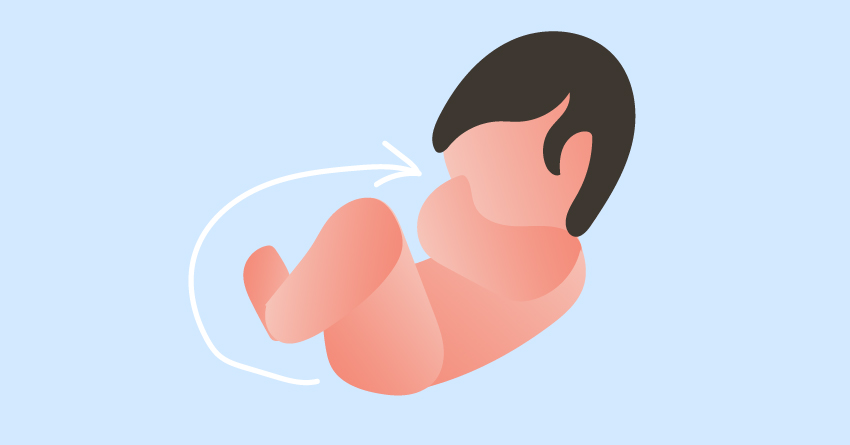
For those unfamiliar with this medical term, Meconium Aspiration means that the baby has its first bowel movement before birth. If the baby keeps inhaling the amniotic fluid, it can cause respiratory problems. In this scenario, the whole water birth process can be risky as the baby will have to deal with the contaminated amniotic fluid and the contaminated water on the tub. Your midwife also needs immediate access to your baby so expect to be delivering on your back.
-
₱985.00
-
₱8,660.00
-
₱2,695.00
-
₱8,100.00
5The baby may contact Legionnaires’ Disease.

It’s pretty rare for a baby to acquire diseases during a water birth, but some cases suggest that a newborn baby may acquire Legionnaires’ Disease. This disease is caused by inhaling droplets of water that contain the Legionella bacteria. It’s an extremely serious type of bacterial pneumonia, so make sure to consider this complication before fully diving on water birth.
6Most hospitals don’t have space or equipment for water birth.
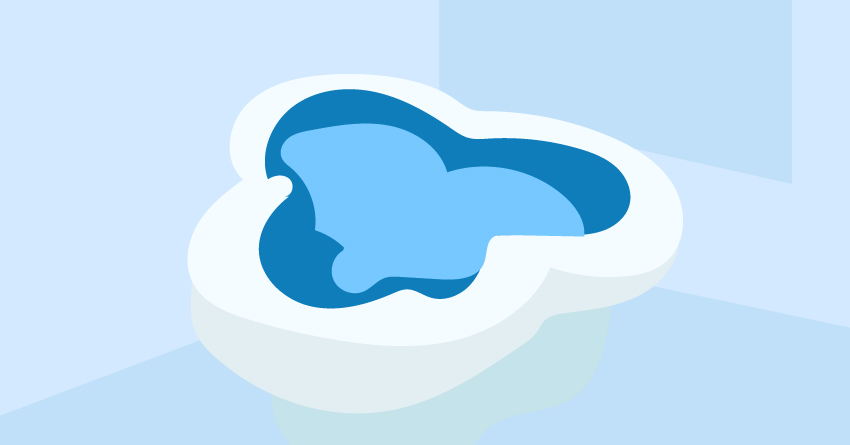
Though water birth is becoming more popular, only a few hospitals have equipment and specialists for this procedure. There’s another option, though, which is at-home water birth. For this one, you can hire a midwife and rent a birthing pool to turn your house into a birthing space.
However, you and your partner will be hands-on in the process of preparing the space. If you’re someone who doesn’t want to get too hands-on on the delivery and simply want medical professionals to fully take care of you and the baby, then water birth may not be the right childbirth method for you.
7It can be expensive.

Because of the limited availability and additional equipment required for the procedure, hospitals may charge hefty fees for this process. If you want to lower the cost, you may opt for an at-home water birth, but you’ll still spend a lot of money for the birthing pool rental and other needed items for the delivery.
-
₱7,998.00
-
₱4,899.00
-
₱7,998.00
-
₱8,385.00
8There’s no immediate medical help if water birth is done at home.
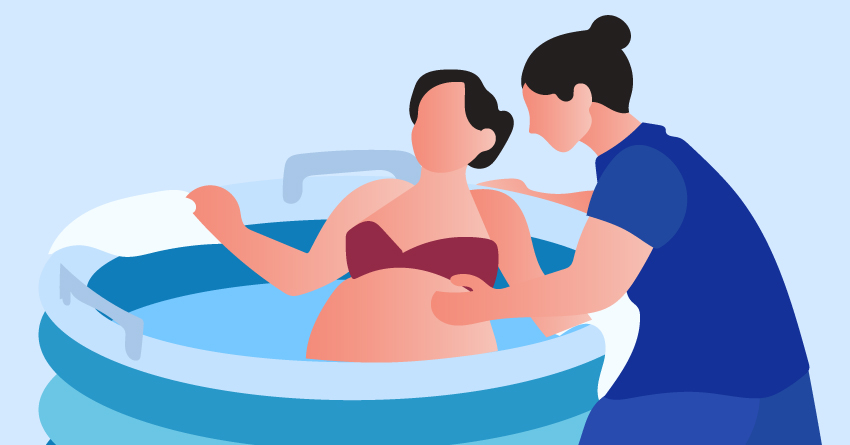
As we’ve mentioned above, one of the benefits of water birth is fewer specialists involved in the process. This means more privacy and less stress on your end. However, this also comes with a con. In case of an emergency, a medical professional may take some time to reach over your home, unlike in hospitals wherein they’re just a few steps away from the delivery room. This is why water birth is only recommended for healthy women that don’t have pregnancy complications.
9There’s a risk of drowning during the process.
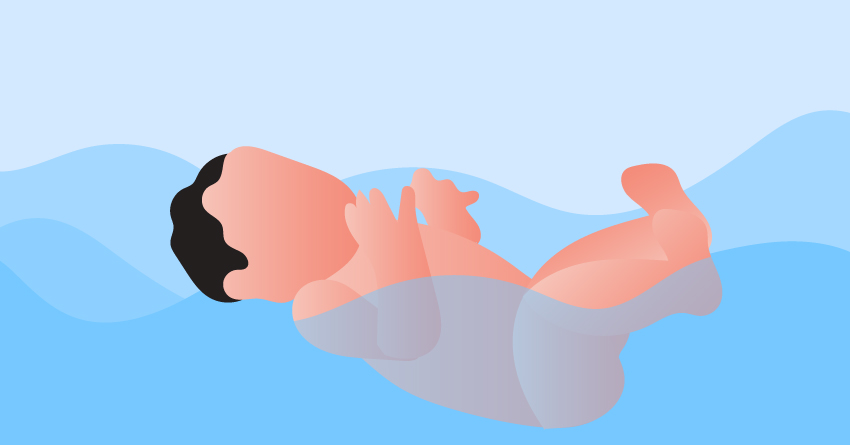 Though it’s rare, there’s still a risk of babies drowning through water birth. According to a 2016 Committee Opinion of the American Congress of Obstetricians and Gynecologists (ACOG), this procedure may pose a few potential risks for the mother and the baby, including the baby drowning during the procedure. There are studies available that suggest that the baby can inhale or swallow water, especially if they’ve been underwater for too long. This is why if you’re planning to use this birth method, plan everything thoroughly. Discuss with the accompanying medical professional what the protocols are before, during, and after the delivery.
Though it’s rare, there’s still a risk of babies drowning through water birth. According to a 2016 Committee Opinion of the American Congress of Obstetricians and Gynecologists (ACOG), this procedure may pose a few potential risks for the mother and the baby, including the baby drowning during the procedure. There are studies available that suggest that the baby can inhale or swallow water, especially if they’ve been underwater for too long. This is why if you’re planning to use this birth method, plan everything thoroughly. Discuss with the accompanying medical professional what the protocols are before, during, and after the delivery.
10There is limited research about water birth.

Despite the popularity of water birth, only a few studies are available regarding this method’s benefits and risks. Though there are published studies about hydrotherapy and water births, experts claim that more research is needed, particularly about the risks of giving birth in water.
How to Prepare for Water Birth
You’ve read the benefits and checked the risks. Now, if you still opt for water birth than other childbirth methods, here are the things that you should prepare for a smoother delivery.
As you’ve learned about the pros and cons of water birth, you can now take some time to discuss this method with your partner and see if you would consider giving birth in water. If you’re proceeding with it, check out this brief section about the steps you would take in preparing for water birth.
1Assess with your OB-Gyne if you’re eligible for the procedure.

The first step that you should do is consult your OB-Gyne. Ask your doctor if you’re qualified to get water birth; tests may be taken to see if you’re eligible for the procedure. If you have the following conditions, then your doctor may advise against this childbirth method:
- Having a breech baby (the bottom or feet of the baby is facing downwards in the womb.)
- You’ll give birth to multiple babies.
- Has a history of shoulder dystocia
- You have active genital herpes
- Had complicated labor before
- You have preeclampsia or gestational diabetes
If you’re cleared out of all the complications, and you were proven to be healthy to partake in this procedure, then you can proceed on to the next step.
-
₱3,395.00
-
₱3,395.00
-
₱3,399.00
-
₱4,990.00
2Seek hospitals and medical professionals that specialize in water birth.

Once your OB-Gyne has given you the go signal to proceed with water birth, you and your partner must spend time looking for hospitals and birthing centers that have water birth services.
If you’re opting for at-home birth, proceed with searching for a midwife who’ll guide you throughout the process. Remember that your midwife will manage the process and help you throughout the delivery, so you need to find someone you’re comfortable with and that you fully trust.
3Prepare the space, equipment, and clothes if you’ll be doing water birth at home.
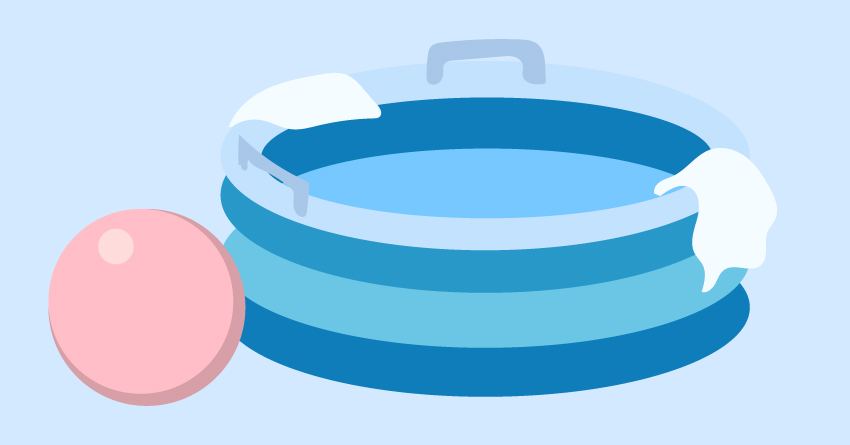
If you have a water birth at home, make sure you have a birthing pool or tub ready. You should be able to sit comfortably on the birthing tub, and it should be deep enough so that the water reaches up to armpit level (while you’re sitting down) to get enough buoyancy. Never use pools or tubs with jets on them.
As for the accessories of the tub, you should consider getting two hoses in different colors; one for filling the pool/tub, and the other one is for emptying it. This ensures that the filled water isn’t contaminated.
As for the water, make sure it is clean enough to drink. It’s not necessary to add additives, but if you want to avoid your skin becoming waterlogged or wrinkly because of staying on the tub for long periods, put a cup of salt per tub. As for the temperature, the water should be within 35C – 38C, depending on your preference. Make sure that the water isn’t too hot or too cold, as being submerged in chilly or hot water may cause complications in the birthing process.
Aside from the birthing tub, you’ll also need to prepare multiple garments for the process. Keep in mind that you’re not going to be submerging in the tub at the start of water birth, so no need to wear a bathing suit at the start of the procedure; just get into an outfit that you’re comfortable with. You can then change into a bathing suit, tank top, t-shirt, or even get naked once you’ve entered the tub.
You and your partner also need to prepare some extra towels, candles, aroma diffusers, massage aids, floor pads or knee protectors, and other additional items to help you during the procedure. Experts also suggest having a dry run before your due date.
-
₱1,999.00
-
₱3,000.00
-
₱2,695.00
-
₱1,999.00
4Train your body for labor and delivery.
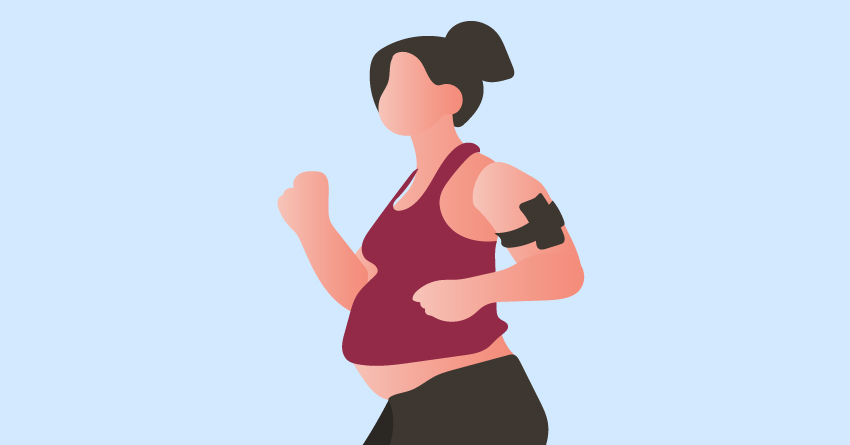
While you wait for the delivery, take time to do exercises that train your body for labor. Some exercises could help you learn to push during delivery, practice getting into labor positions, and strengthen your pelvic muscles. Here are some of the exercises that you can try; just make sure to consult your doctor, physical therapist, or a doula before doing these exercises:
Child’s Pose
To do this yoga pose, start by kneeling down and sitting on your heels. Slowly lean forward and gently stretch your arms out in front of you. Breathe deeply. After a few moments, gently lift your body up; it’s better if you have an assistant for this, especially if you’ve reached the third trimester. It depends on your doctor or physical therapist how long or how many times you’ll do this pose in a session.
Butterfly Stretch
Sit with your knees bent outward, with the bottoms of your feet touching together in front of you. Your legs should be forming a triangle. After that, keep your back straight and lean forward to stretch your inner thighs and back. Hold for a few seconds, then get back to your initial position. Make sure to be gentle when doing this stretching exercise.
Deep Squat
Start by standing up with your legs wider than your hip width. After that, slowly squat with your hands pressed together in front of you. Squat down as far as you can go; don’t push yourself to go lower than the level you’re comfortable with.
Perineal Massage
Another exercise you must do a few weeks before your delivery is perineal massages. It softens the tissues of your perineum and prepares it for labor. To do this massage, sit or lean back in a comfortable position, put a water-based lubricant on your thumb and perineum. After that, insert your thumb about 1 to 1.5 inches deep in your vagina. Press downward (towards the rectum) and to the sides until you feel a tingling sensation. Breathe deeply and concentrate on relaxing the muscles.
After that, gently massage back and forth over the sides of your vagina in a U movement for a few minutes. Consult your doctor or physical therapist for the duration of this exercise.
Kegels
Kegels are done by contracting your vaginal/pelvic muscles. You can also use Kegel balls once you’re used to the exercise. The purpose of a Kegel exercise is to strengthen your pelvic floor and make it more ready for delivery.
5Learn and use non-medical pain management techniques during labor.

Since you’ll be doing natural birth, it’s important to learn and use pain management techniques during the process. This will lessen the pain and also helps you become comfortable throughout the delivery. Natural pain management techniques include deep breathing, “embracing” your contractions, and light massages with hot packs.
Frequently Asked Questions

At the end of this guide, you have a full understanding of what water childbirth is all about. But if there are questions that are still lingering on your mind, no worries as we’ve answered some of the frequently asked questions below.
1Can my baby drown if I give birth in water?
One of the main worries of expecting mothers with childbirth is the idea of their baby drowning during the delivery. But don’t worry as the baby cannot drown during a water birth. The baby is already in the water in the womb. The lungs remain collapsed and no water can enter.
Once the baby’s brought to the surface, that’s the only time it’ll get to breathe. As long as your care provider wouldn’t bring back the breathing baby in the tub, there’s nothing to worry about. Now, there are saying that there are babies that got drowned, but these are nothing but unverified claims.
2When might I need to get out of the pool?
There are chances that your care provider will ask you to get out of the pool. Here are some of the circumstances that can cause that:
- If they see meconium (poop from your baby)
- If your vagina suddenly bleeds heavily
- There are changes in your blood pressure or body temperature
- You want to go to the toilet
- If your contractions get weaker
- To deliver the placenta
3Can I change my mind about having a water birth?
Yes, you’re allowed to change your mind during the delivery. If you don’t feel comfortable being in the tub, you can get out and opt for normal delivery. Don’t worry too much about changing your mind at the last minute, your care provider will be happy to support you, as long as you and your baby are safe.
4How long can the baby stay underwater during the water birth?
There’s no specific duration, but it’s better to discuss it with the medical professional that’ll be assisting you on the procedure.
5Is using our jacuzzi okay for water birth?
Nope! Hot tubs or pools aren’t recommended for water birth as it’s harder to clean and sanitize them, which will increase the risk of bacterial contamination during the water birth. It’s better to get a tub or pool designed for a water birth or any large tub that doesn’t have jets in them.
Takeaway
If you prefer a more natural way of giving birth, water birth can work wonders for you. You only need a private spot, all the needed sanitized equipment, a reliable midwife/OB-Gyne, and a supportive partner on your side.
However, we suggest researching thoroughly on this method. Though we’ve already laid out all the basic information about water birthing here, you might want to check out the linked studies/resources about this delivery method. Also, consider if this childbirth process will work on your budget and preferences. Good luck with delivering your little one!
